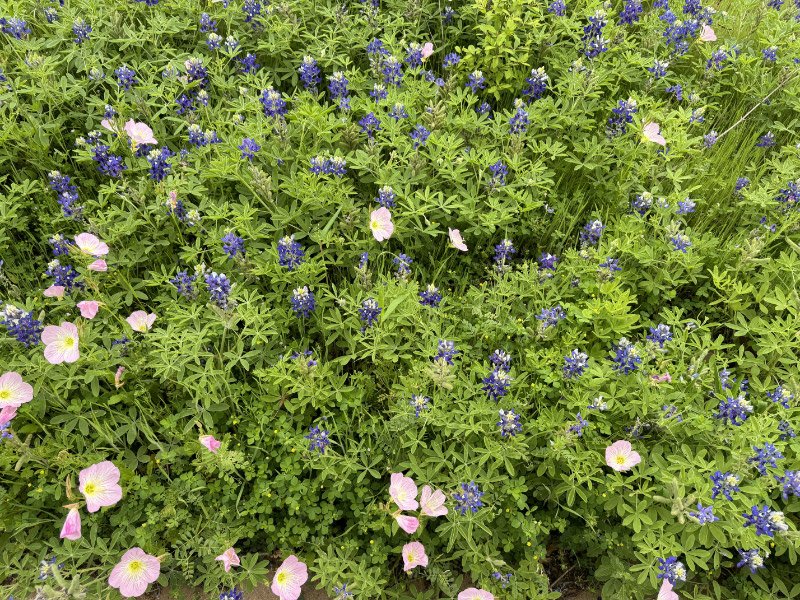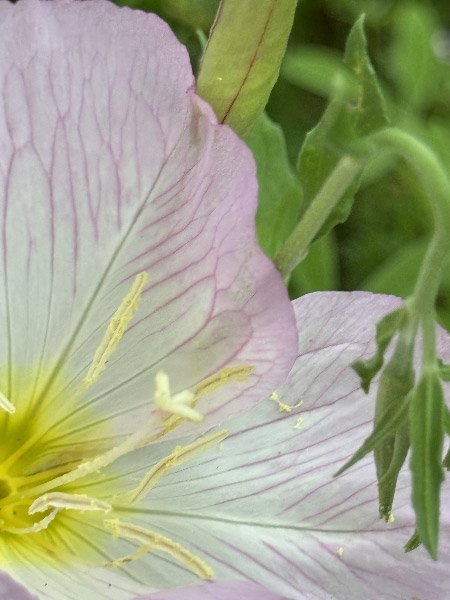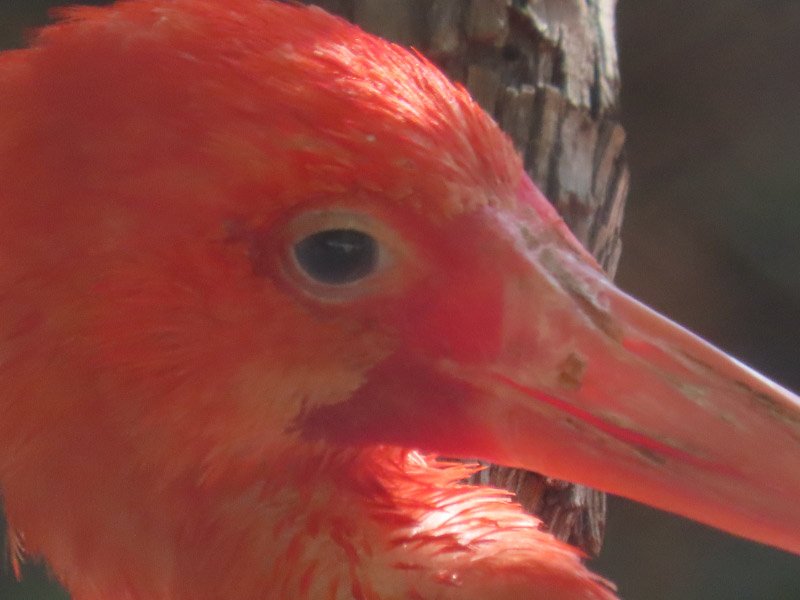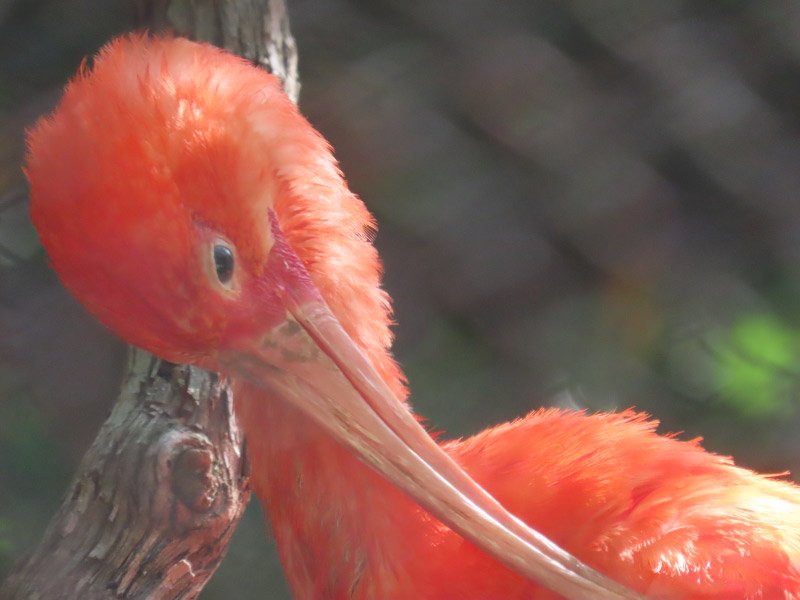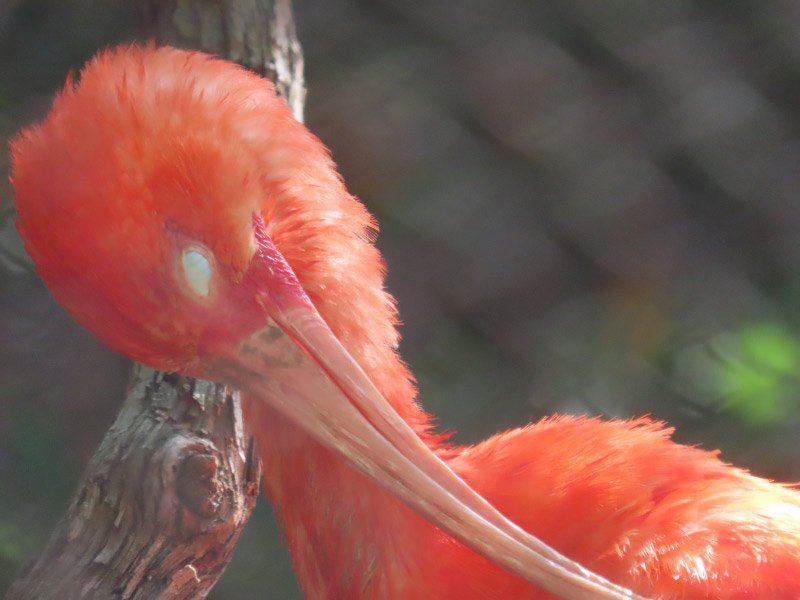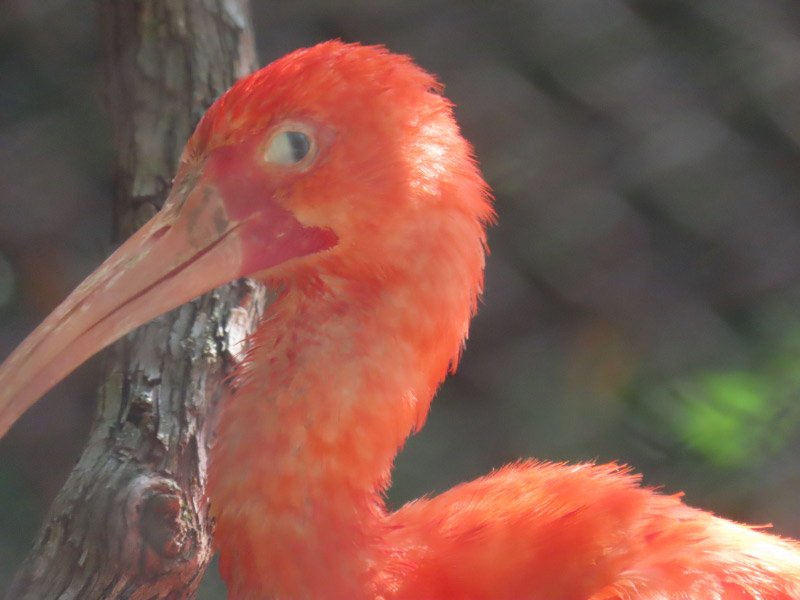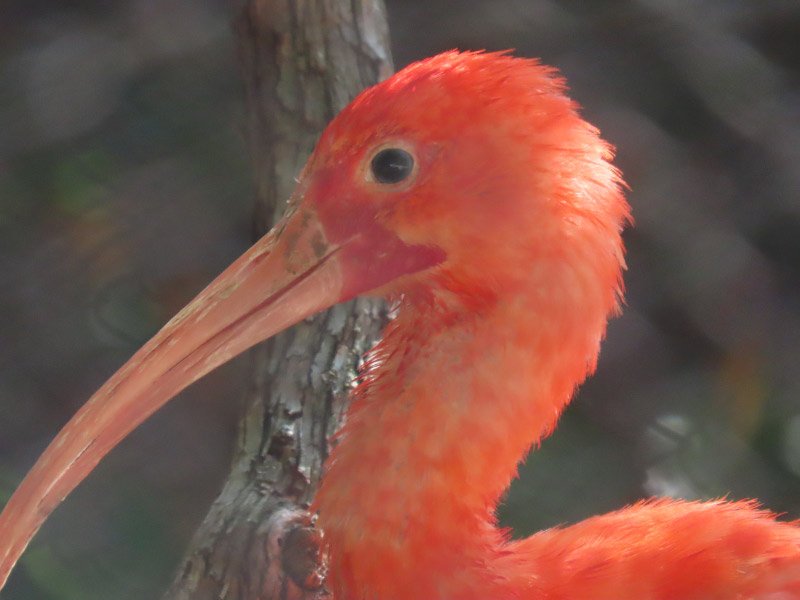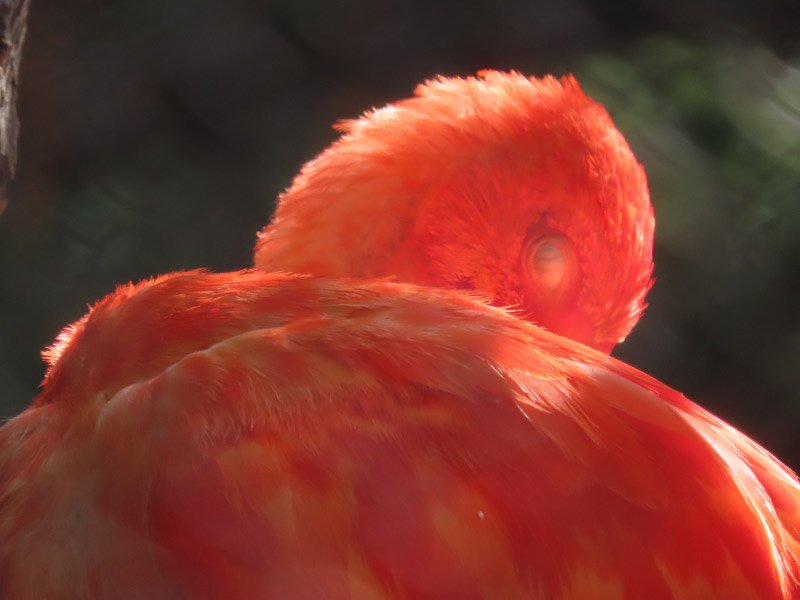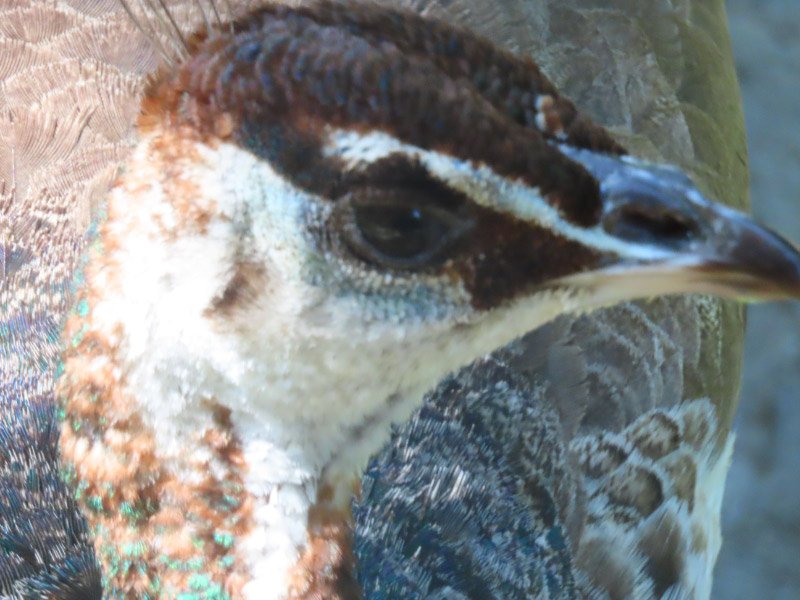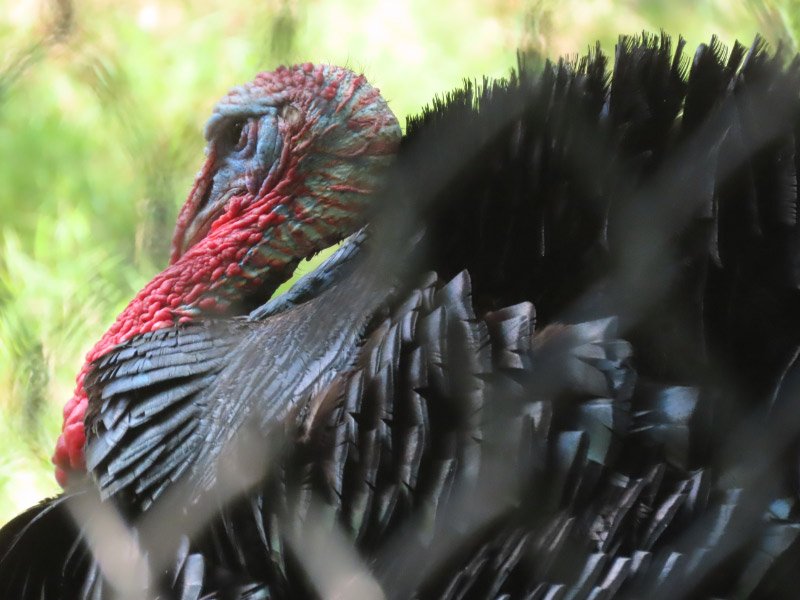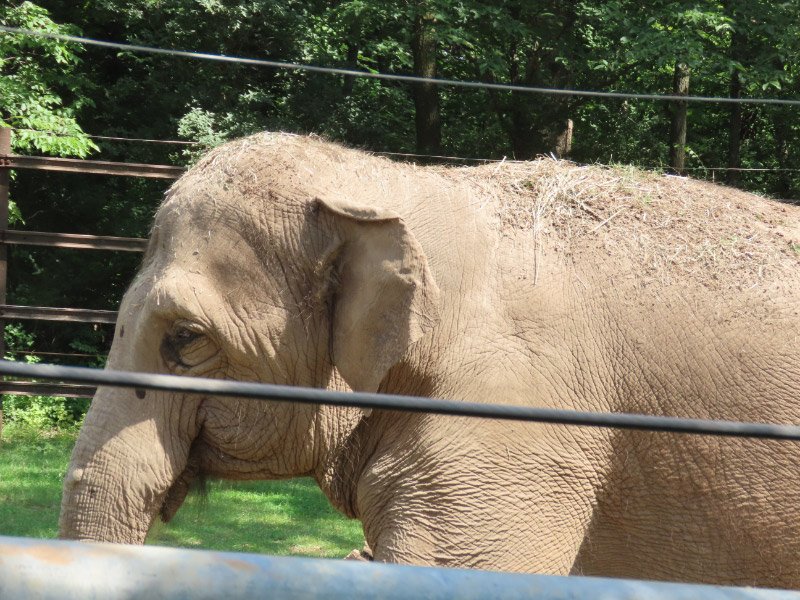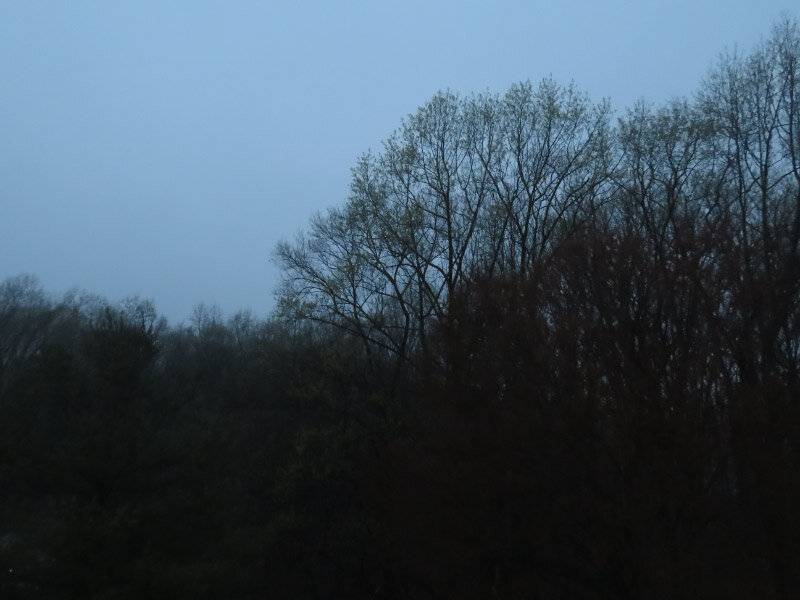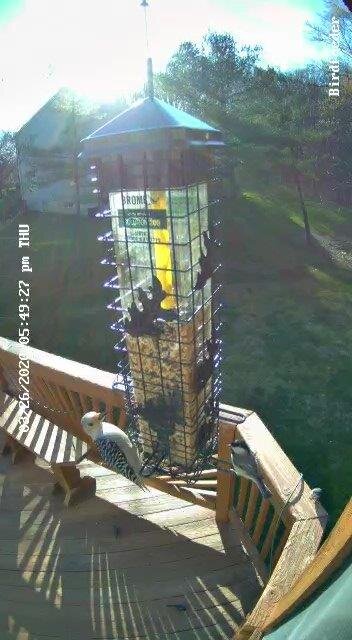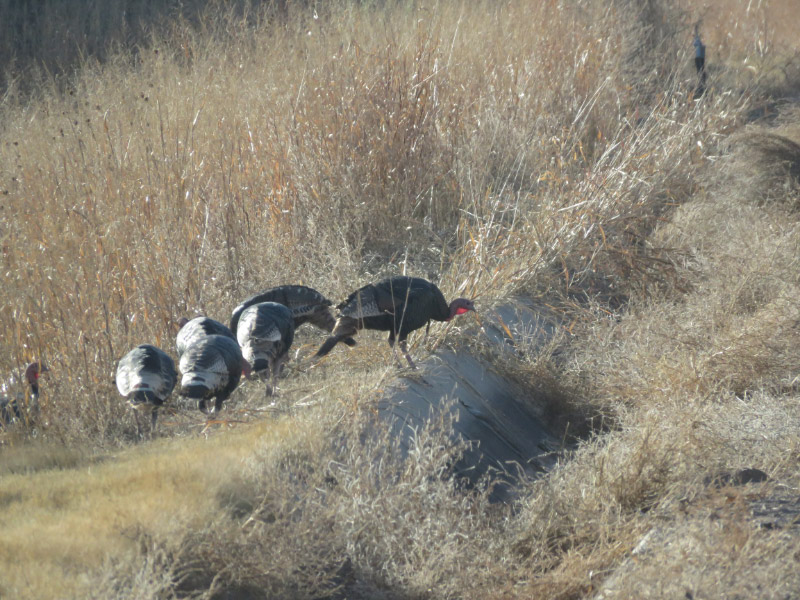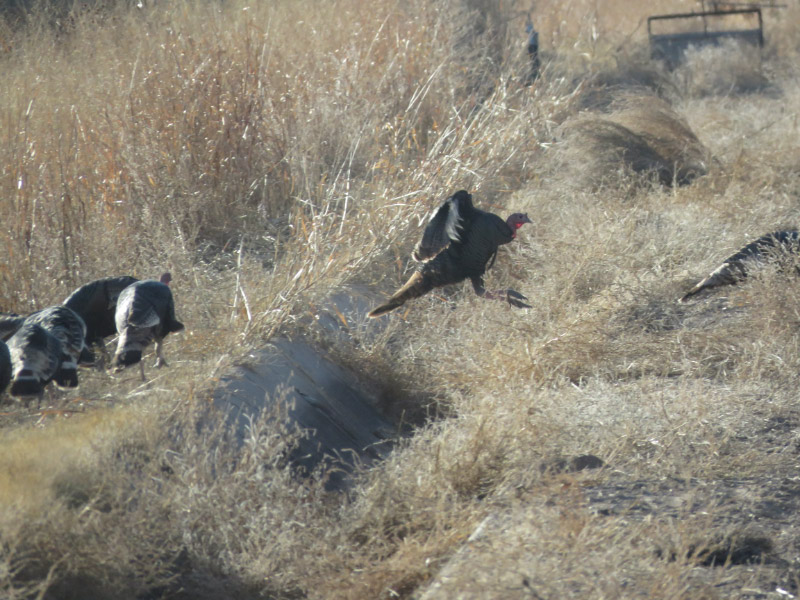Road Trip to Dallas – April 2024
/Last week I made a 2-day road trip down to Dallas to visit with my dad. It’s about 7 hours of driving in each direction. When I left my house in Missouri on the first day it was dark. Just as the horizon was beginning to brighten behind me, I saw a large bird fly over the interstate – higher than my car but not that far in front of me. I wondered if it was a barn owl although I didn’t get a good enoug look other than to realize the bird had a lot of white.
After my first rest stop the sun was up and more birds were moving about. I saw a large one fly across the highway…a little lower than was safe and then just above my car there was another of the same kind. It was a turkey! I was close enough to see the eye glinting.
I saw a great blue heron flying along or over the road twice…and a murmuration of smaller birds that spilt in two over the highway.
The highlight of the drive down was the rest stop on US 75 just after crossing from Oklahoma to Texas. The berm between the highway and the rest stop parking was full of wildflowers!
Closer to the building there were beds of wildflowers…including the Texas state flower: bluebonnets.
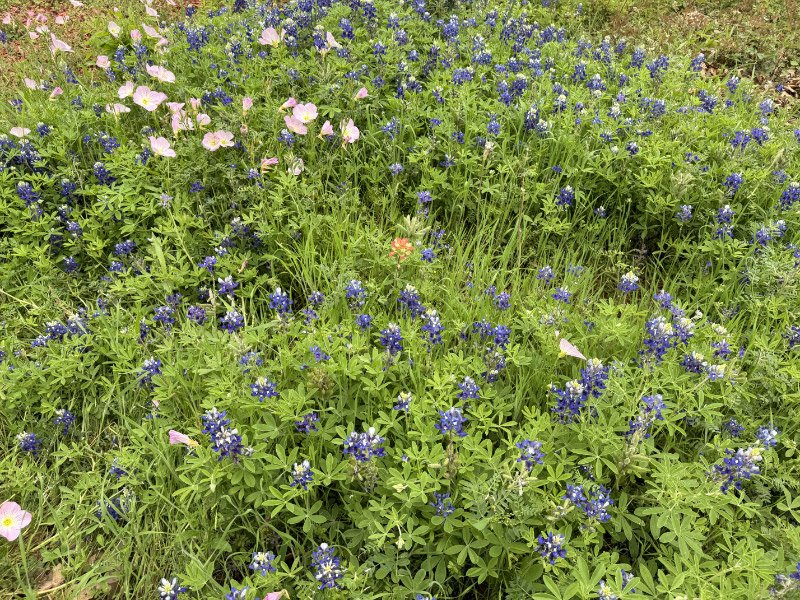
I enjoyed trying my new iPhone 15 Pro Max phone to take some macro pictures of some of the flowers.
Heading home the next day, I left the hotel about 6 AM and got to Hagerman National Wildlife Refuge about 20 minutes after sunrise. Unfortunately, it was very cloudy and sprinkling so there was not a lot of bird activity, and the light was not great for photography.
The surprise of the morning came when I saw something on the road in my left peripheral vision as I moved slowly along Hagerman’s wildlife road…..as I turned to see it better I realized it was a hub cap. I got out of the car to see if it belonged to my car…and it did! It was the first time anything like that has happened to me in 55 years of driving! I put the hub cap in the car opting to not try to put it back on until I got home.
I saw two flocks of cattle egrets as I was driving back toward the highway from Hagerman.
As I drove through Oklahoma, I was driving thorough moving cloud shadows. They were moving in the same direction as I was, and I was moving faster than they were!
The drive was very routine until my route direction shifted from north to east. The wind buffeted the car and the big trucks on the interstate were even more impacted. The last 3 hours were exhausting – requiring both hands on the steering wheel and hyper awareness of the vehicles (particularly trucks) around me.
I made it home in a reasonable time but was very tired.


